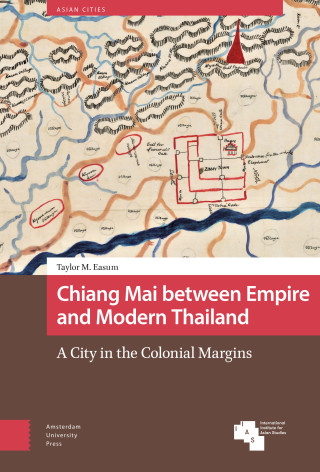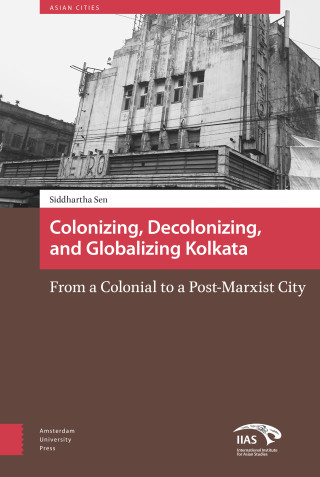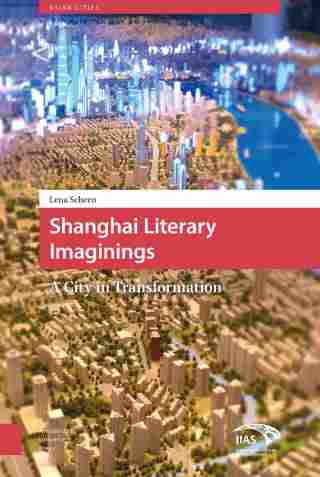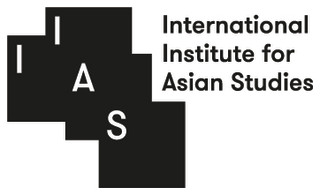
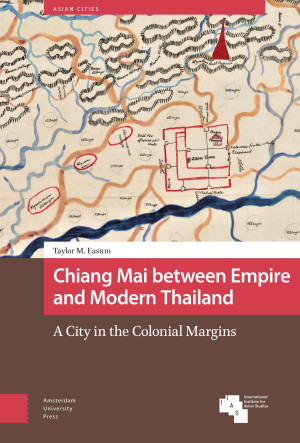
- Title
- Chiang Mai between Empire and Modern Thailand
- Subtitle
- A City in the Colonial Margins
- Author
- Taylor M. Easum
- ISBN
- 9789048554782
- Format
- eBook PDF
- Number of pages
- 288
- Language
- English
- Publication date
- 29 - 12 - 2023
- Dimensions
- 15.6 x 23.4 cm
- Open Access
- Download on Open Access Platform
- Series
- Asian Cities
- Partner

- Discipline
- Asian Studies
- Also available as
- Hardback - € 129,00
Acknowledgements
Note on Transliteration and Sources
Table of Contents
Introduction: Living in the City
The Urban Space of Chiang Mai
Organization of the Book
1 The City Founded: A Deep Urban History of Chiang Mai
Urban Genesis in the Mainland
The Foundation of the “New City”
Center, Hinterland, Region
Conclusion
2 The City Stabilized: The Kawila Restoration and Chiang Mai in the Nineteenth
Century
Chiang Mai Abandoned
Chiang Mai Rebuilt
The Nineteenth Century Logic(s) of Chiang Mai’s Urban Space
Conclusion
3 The Region Transformed: Forests and Foreigners and State Formation in Chiang Mai and “The North”
Lanna’s “Second Golden Age”
Shifting the Balance
Siamese State Formation in the North – A “Silent Revolution”?
Conclusion
4 The City Reshaped: Power and Urban Space in Micro-Colonial Chiang Mai
Spaces of Power – The Old Town
Chiang Mai and the development of a “Dual City”?
Spatial Transitions
Conclusion
5 The New City and the New State: Chiang Mai’s Sacred Space and Siam
The Decline of Sacro-Spatial Legitimacy in the Chiang Mai State
Khruba Siwichai, the State, and the Restoration of Sacred Space(s)
Conclusion
Conclusion: The Heart of the City
Bibliography
Index
Note on Transliteration and Sources
Table of Contents
Introduction: Living in the City
The Urban Space of Chiang Mai
Organization of the Book
1 The City Founded: A Deep Urban History of Chiang Mai
Urban Genesis in the Mainland
The Foundation of the “New City”
Center, Hinterland, Region
Conclusion
2 The City Stabilized: The Kawila Restoration and Chiang Mai in the Nineteenth
Century
Chiang Mai Abandoned
Chiang Mai Rebuilt
The Nineteenth Century Logic(s) of Chiang Mai’s Urban Space
Conclusion
3 The Region Transformed: Forests and Foreigners and State Formation in Chiang Mai and “The North”
Lanna’s “Second Golden Age”
Shifting the Balance
Siamese State Formation in the North – A “Silent Revolution”?
Conclusion
4 The City Reshaped: Power and Urban Space in Micro-Colonial Chiang Mai
Spaces of Power – The Old Town
Chiang Mai and the development of a “Dual City”?
Spatial Transitions
Conclusion
5 The New City and the New State: Chiang Mai’s Sacred Space and Siam
The Decline of Sacro-Spatial Legitimacy in the Chiang Mai State
Khruba Siwichai, the State, and the Restoration of Sacred Space(s)
Conclusion
Conclusion: The Heart of the City
Bibliography
Index
Taylor M. Easum
Chiang Mai between Empire and Modern Thailand
A City in the Colonial Margins
Urban histories tend to be dominated by large, global cities. But what does the history of the modern, colonial era look like from the perspective of smaller cities? By shifting the focus from the metropolis to the secondary city of Chiang Mai, this study provides an alternative narrative of the formation of the modern Thai state that highlights the overlap between European, American, and Siamese interests. Through a detailed analysis of Chiang Mai’s urban space, the power dynamics that shaped the city come into focus as an urban-scale manifestation of colonial forces—albeit an incomplete one that allowed sacred space to become a source of conflict that was only resolved in the years before WWII. Today, as the city confronts the challenge of overdevelopment, the legacy of the colonial era, and the opportunity of heritage preservation, this deep, multi-layered history of the power of (and over) urban space is vital.
Author
Taylor M. Easum
Taylor M. Easum is Assistant Professor of History at Indiana State University with research interests in Southeast Asian, urban, and colonial history. Recent publications include articles on contested urban networks, the construction of Thai and Lao ethnic identity, monuments and historical memory, and ongoing questions of urban heritage in Southeast Asia.

